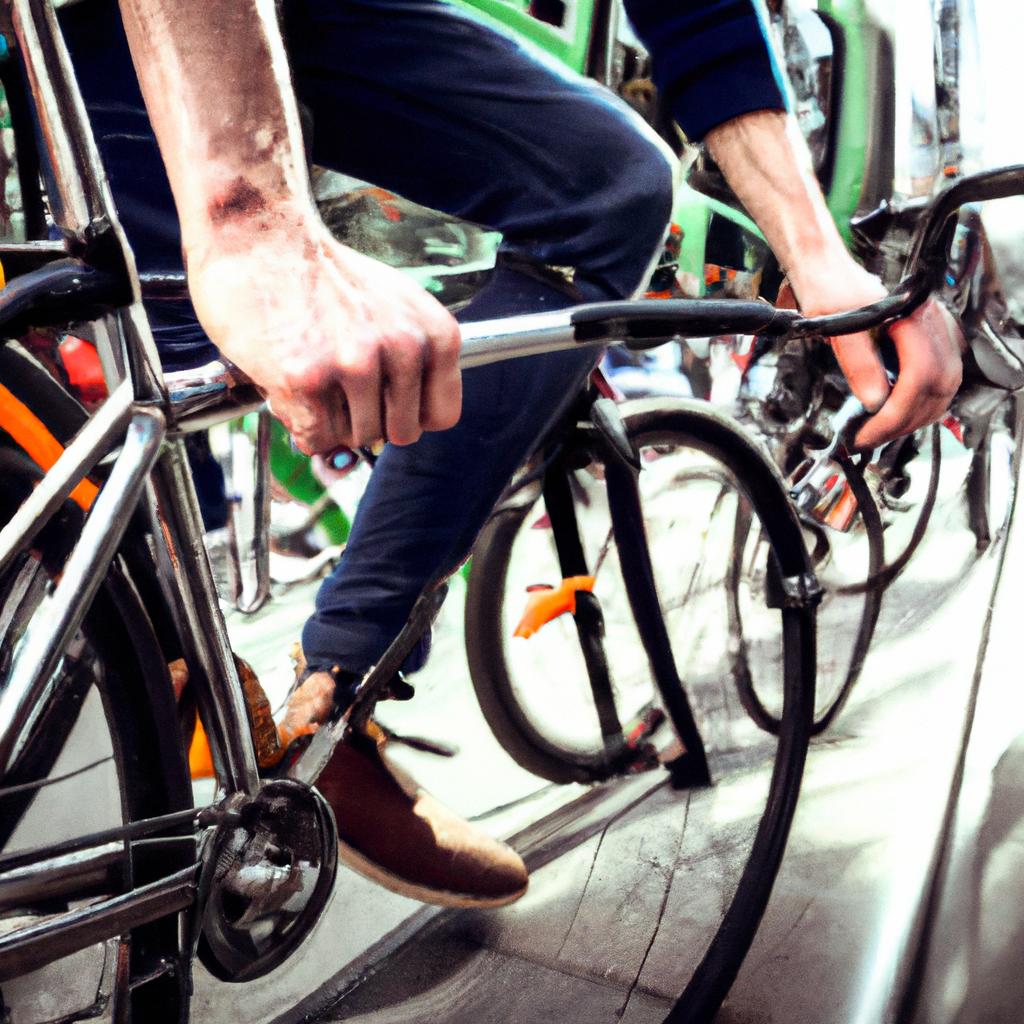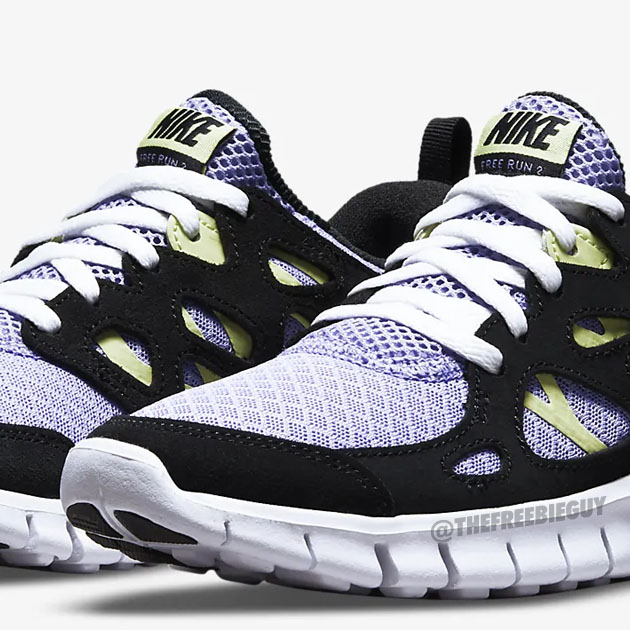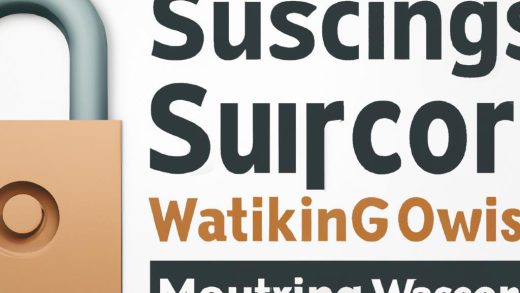In an age where urban landscapes are increasingly choked by traffic congestion and pollution, the call for sustainable alternatives to traditional transportation methods has never been louder. Imagine a city where the hum of bicycle wheels on pavement replaces the honking of car horns, where the gentle swish of a human-powered vehicle glides past the idling taxis of yesteryear. “Pedal Power and Public Transit: Eco-Friendly Alternatives to Cars and Taxis” invites you to explore a world where bicycles and public transportation converge to form an efficient and environmentally friendly ecosystem. This article delves into the myriad benefits of embracing these green alternatives, illuminating how they not only alleviate the strain on urban infrastructures but also foster healthier communities, reduce carbon footprints, and enhance the quality of life for all. Join us on this journey to discover how pedal power and public transit are not just options, but essential components of a sustainable future.
Exploring the Synergy Between Cycling and Public Transport
The integration of cycling with public transport systems creates a holistic approach to urban mobility, offering a sustainable and efficient alternative to traditional vehicular travel. By seamlessly combining these modes of transport, cities can enhance accessibility and reduce congestion, fostering a healthier environment. Consider the following benefits:
- Increased Accessibility: Cycling to transit hubs allows commuters to cover distances that may otherwise be tedious.
- Cost-Effectiveness: Both cycling and public transport are generally more affordable than owning and maintaining a car.
- Reduced Carbon Footprint: Promoting these eco-friendly options helps lower greenhouse gas emissions substantially.
- Enhanced Physical Health: Cycling promotes an active lifestyle while commuting.
Moreover, cities can strategically develop designated bike lanes near transit stations and implement bike-share programs to encourage citizens to adopt this dual approach. Preserving the usability of public transport for longer distances while enjoying the freedom of cycling for shorter ones offers both practical and environmental advantages.

Innovative Strategies for Integrating Pedal Power into Urban Mobility Systems
As urban areas grapple with congestion and pollution, integrating pedal power into existing mobility systems presents a transformative opportunity. **Bike-sharing programs** can be expanded to include electric assist options, catering to a wider range of riders and longer distances. Moreover, establishing **dedicated cycling lanes** not only enhances safety but also encourages more commuters to opt for bikes over cars. Cities can implement **multi-modal transit hubs**, facilitating easy transfers between buses, trams, and bike-sharing stations, streamlining urban journeys while reducing reliance on fossil fuels. Additionally, eco-friendly infrastructure such as **solar-powered bike racks** and charging stations for e-bikes can further enhance the appeal of pedal power, making it a viable and exciting choice for urbanites. To illustrate the impact, a comparison of transportation options reveals the benefits and feasibility of pedal power:
| Transportation Method | Average Emission (grams CO2 per km) | Health Impact |
|---|---|---|
| Car | 120 | Negative due to air pollution |
| Taxi | 70 | Negative, high emissions per passenger |
| Bike | 0 | Positive, promotes physical health |
| E-bike | 0-5 | Positive, accessible for more commuters |
To Wrap It Up
In an ever-evolving world, where the quest for sustainability continues to gain momentum, the marriage of pedal power and public transit emerges as a beacon of hope. As we navigate the labyrinth of urban congestion and environmental challenges, embracing eco-friendly alternatives to traditional vehicles not only enriches our cities but also revitalizes our daily routines.
Imagine bustling city streets invigorated by the rhythmic whir of bicycle wheels and the friendly chatter of commuters sharing a bus, where every pedal push and bus stop marks a collective commitment to greener living. These alternatives, while humble, are powerful instruments of change, fostering healthier lifestyles, reducing our carbon footprint, and creating vibrant communities.
As we move forward, it’s essential to advocate for policies that support these modes of transportation—expanding bike lanes, enhancing public transit networks, and creating a culture that prioritizes people over cars. The choices we make now will echo in the future, shaping smarter, more sustainable urban landscapes for generations to come.
So, whether you find joy in the simplicity of a bike ride or the convenience of hopping on a bus, remember: each journey counts. Together, let us pedal towards a cleaner, more connected world, where every choice carries the promise of a brighter tomorrow.










